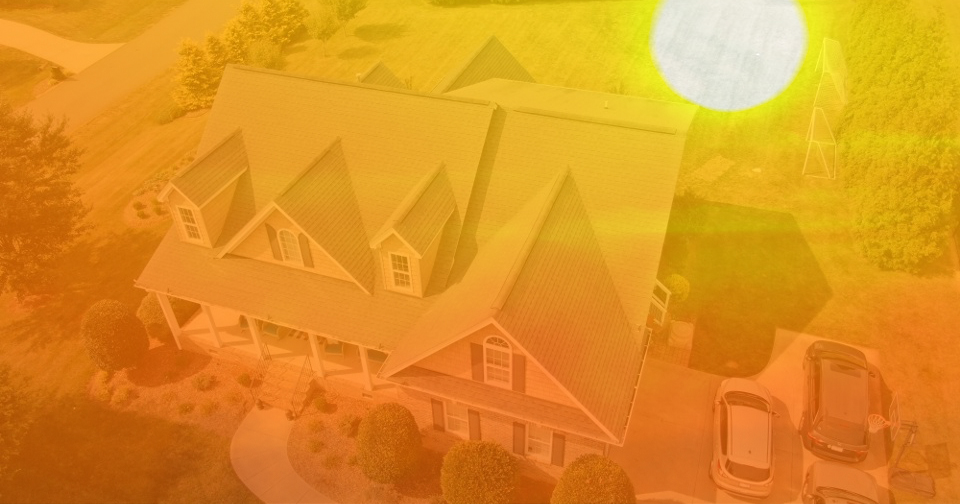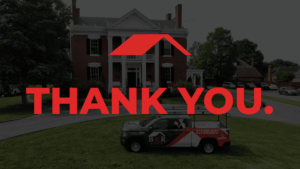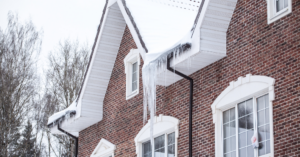During the hot summer months, you need to be careful of extremely high scores of UV radiation (ultraviolet index). Without the proper SPF application, your skin can badly burn, and even blister and it can have lasting effects on your body… But what does this have to do with your roof?
Heat blistering is also a term used in the home improvement industry.
In the simplest of terms, it is when over-heated roof systems are poorly ventilated, causing shingles to eventually malfunction. To first understand this form of damage and really breakdown what it is, you must first understand the three-layer roof system.
Layer 1 – Roof Deck
Roof deck is the flat surface supporting roof weight (like a floor) on top of your roof’s framing. From the ground during a roofing project, you identify this with the plywood sheets that are visible. This is the “first” layer of the roof system.
Layer 2 – Underlayment
Underlayment is a protective “sheet” that is installed on roofs prior to shingles. Think of this layer as a tarp. Providing an extra layer for water resistance. It is a secondary shield when your first shield is compromised (shingles). The most used type is felt – a durable paper. Again, the sole purpose of this layer is to prevent rain (and moisture) from reaching the roof deck if shingles are compromised.
Layer 3 – Shingle
Shingle options come in numerous forms. They include asphalt composite, wood, slate, metal, stone-coated, rubber and clay. Heat blistering affects these asphalt shingles. These are typically used for residential structures and last between 20-30 years. There are also different grades of shingles that you can choose from to have installed on your home.
When water gets trapped between one of these layers causing the shingle itself to malfunction, heat blistering occurs. With extreme temperatures (125+ in Death Valley in July 2021) and poor ventilation, trapped moisture causes the shingle to bubble (like a blister). As the shingle area expands and the temperature rises and pressure increases, the shingle area eventually bursts open. This creates an entry point for further water and moisture to enter.
The big concern with heat blistering is now water can interact with nailheads. Because nailheads keep shingles nailed down and go through the underlayment and deck, water can leak into your attic or other areas of your home. If damaged shingles are higher up on your roof, water can trickle down to lower areas of your roof. Naturally, letting water enter everywhere. Blistered shingles can then also become cracked and break off if not replaced.
If you’ve experienced some extreme heat lately and are concerned about the status of your roof, give our storm damage experts a call! (866) BESTCHOICE




